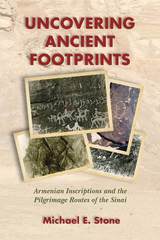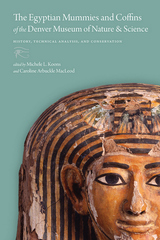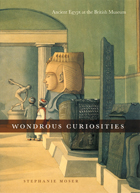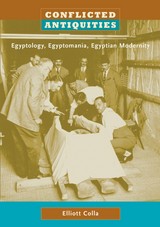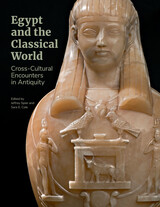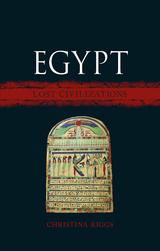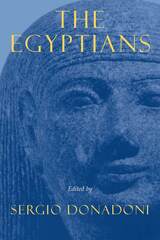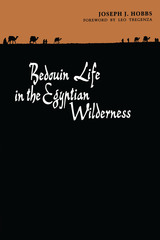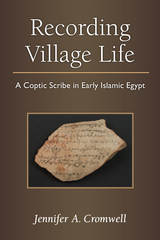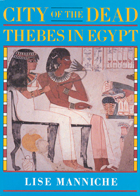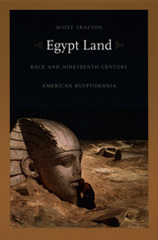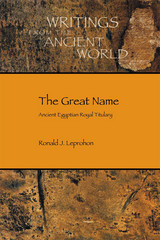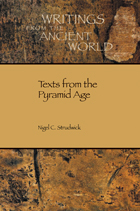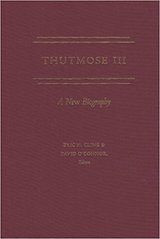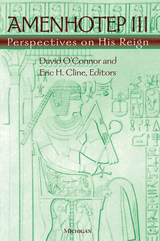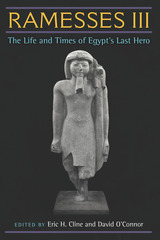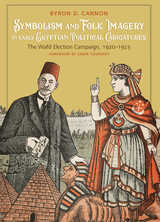City of the Dead: Thebes in Egypt
University of Chicago Press, 1987
Cloth: 978-0-226-50339-4
Library of Congress Classification DT73.T3M36 1987
Dewey Decimal Classification 932
Cloth: 978-0-226-50339-4
Library of Congress Classification DT73.T3M36 1987
Dewey Decimal Classification 932
ABOUT THIS BOOK | AUTHOR BIOGRAPHY | TOC
ABOUT THIS BOOK
The Theban necropolis lies in strange contrast to the bustle of Luxor on the opposite bank of the Nile. Over 450 tombs spanning more than a thousand years, some fully excavated and recorded, others tantalisingly described by travellers but now lost, form a maze-like network of passages and caves. The decoration of many of the tombs, particularly those of the Eighteenth dynasty, provides some outstanding examples of ancient Egyptian painting and relief work and reveals fascinating details about the lives and beliefs of their owners. Some of the tombs were re-used and display contrasting styles of workmanship, while many were colonised in more recent centuries by peoples with scant respect for the tombs of their ancestors: many well-paintings are blackened and burnt beyond redemption.
The author traces the history of the site discussing the more important tombs in some detail, and sheds new light on the symbolism used in painting to help the deceased in the Afterlife. She also surveys the role of the treasure hunters and travellers of the eighteenth and early nineteenth-centuries and the pioneer epigraphers who followed them and paved the way for the archeological investigation and research that continues today.
The author traces the history of the site discussing the more important tombs in some detail, and sheds new light on the symbolism used in painting to help the deceased in the Afterlife. She also surveys the role of the treasure hunters and travellers of the eighteenth and early nineteenth-centuries and the pioneer epigraphers who followed them and paved the way for the archeological investigation and research that continues today.
See other books on: Art, Egyptian | Dead | Egypt | Thebes | Tombs
See other titles from University of Chicago Press



